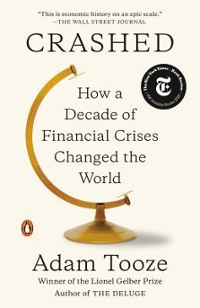Question
In the aftermath of Hurricane Andrew (which occurred in 1992) ... big companies performed far differently than the price-gougers selling ice, water and lumber from
In the aftermath of Hurricane Andrew (which occurred in 1992) "... big companies performed far differently than the price-gougers selling ice, water and lumber from the back of pickup trucks at wildly inflated prices...But unlike the carpetbagging vendors, who drove away at sunset, the big companies have a longterm stake in the South Florida market. For them the good will of local customers...is a valuable asset." (Haddock and McChesney, 1994).1
a. According to the theory of price determination in competitive markets, what should happen to prices of essentials such as ice, water, and lumber, in the aftermath of a natural disaster such as a Hurricane? Depict with the help of a simple diagram.
b. The quoted statement from Haddock and McChesney (1994) suggest that in the aftermath of Hurricane Andrew, big companies did not increase their prices (thus leading to queues and shortages), while small 'carpetbagging' sellers who arose to respond to the temporary shortages were willing to 'price-gouge' with 'wildly inflated prices'. What do you think explains the differences in the pricing reactions of these two groups of sellers? Which pricing behaviour do you think is better? Why?
Step by Step Solution
There are 3 Steps involved in it
Step: 1

Get Instant Access to Expert-Tailored Solutions
See step-by-step solutions with expert insights and AI powered tools for academic success
Step: 2

Step: 3

Ace Your Homework with AI
Get the answers you need in no time with our AI-driven, step-by-step assistance
Get Started


